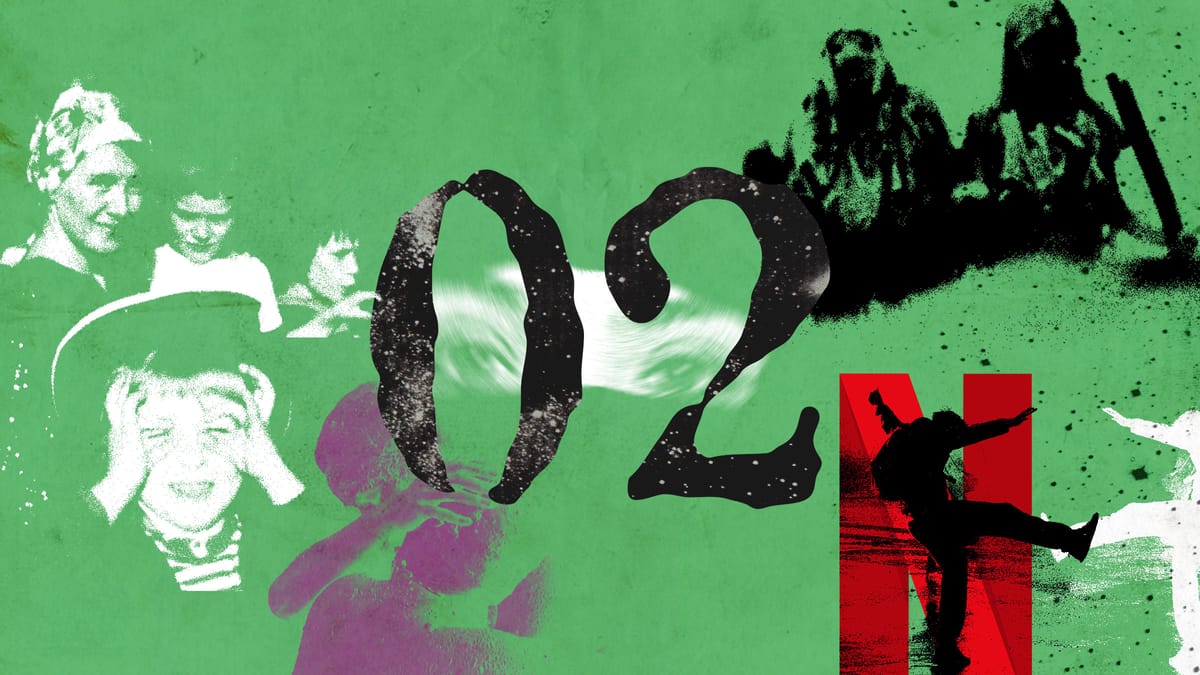On Film Criticism #14: Beside Ourselves

Artwork by Neven Udovičić
Watching films can be uncomfortable when they ask us to leave some of our ego at the door. Not to be confused with our brain, of course, which in fact tends to go into overdrive when our more self-indulgent impulses quiet down. Cinema is often talked about in terms of voyeurism and as an opportunity to satisfy some of our baser instincts, a chance to be stupid, brainless or nasty under cover of darkness. But as so much of the world outside of cinema screens moves to indulge in and validate selfish interests and general self-debasement, there is something to be said for films that offer brackets of time in which we are given the chance to experience a state of being not geared towards prioritising pleasure.
Mark Asch’s essay on the film The Super 8 Years, co-directed by Nobel prize winning French author Annie Ernaux and her son David Ernaux-Briot, evokes an author who uses writing (and now filmmaking) not simply as a way to record her past, but also to engage critically with the world and with herself — even as the Annie Ernaux from her memories and home movies did not always do so: “viewing footage of herself playing miniature golf with her husband’s family — the men in rayon flares, the women in bouffants — Ernaux in her narration ponders that ‘the young woman with long hair, sandals, a seventies dress and abrupt gestures, may, at this moment, forget to feel out of place in a family of in-laws where all the wives are homemakers.’”
It is easier to give in to the mainstream than to stand by an identity sometimes hard to define. Digby Houghton takes the new Netflix reboot of the classic Australian series Heartbreak High as a starting point to consider the fate of Australian screen culture: the free-to-air series that marked a generation is updated and improved for a streaming service that isn’t free, but whose user base is big enough to worry that the platform may play a bigger role in constructing Australian identity than other programmes or films fully financed by and originated in the country. Who profits from the privatisation of national cultures and channels of expression?
In his essay, Caspar Salmon writes about the overwhelming experience of watching My Imaginary Country, Patricio Guzmán’s documentary about the riots of 2019 in Chile, while in Goa, India. Struggling with jet lag and exposed for the first time to the different sights and sounds of the city, he grasps for ways of relating, hooks on the film and on reality to which he can hold on to, as the film seemingly spills out of the screen: “I felt again the weight of my own subjectivity, and the different forces and thoughts I bring to bear on a film; the thin conduit of my own sensibility.”
E. Elias Merhige’s cult film Begotten (1989) suggests that cinema can allow us to escape from ourselves to get closer to the deeper truth of existence; away from subjectivity, into a more primal, direct level of awareness. In the flicker of the celluloid, in the interstitial spaces of vision, in the gaps within reality — the secret of creation. “What of ourselves can be revealed when a film encourages a different way of engaging with it?”
In his essay, Daniel Bird expands on this idea to reveal the reasoning behind screening Merhige’s Begotten alongside the two other films in his creation trilogy — Din of Celestial Birds and Polia and Blastema — in a planetarium, on a hemispheric screen. Watching a film without a frame, without borders, viewers see their entire vision occupied by the image and make their own compositions. “Like star gazing, the screen of the sky had the capacity to be a frame of reference to both the representational and the abstract,” Bird writes. Outside of the narrow imaginings of so much selfish cinema, the possibilities appear endless.




